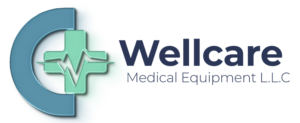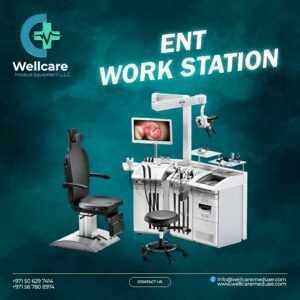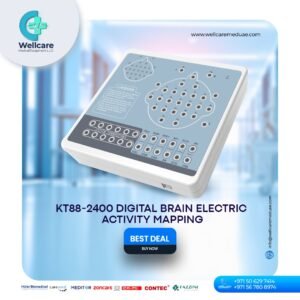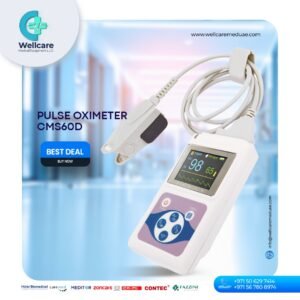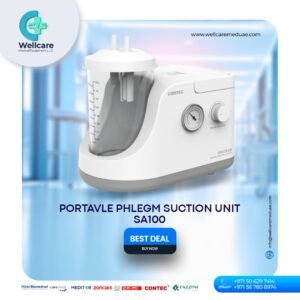ENT Equipment supplier in UAE
In the UAE, the significance of ENT (Ear, Nose, and Throat) equipment is profound, reflecting its crucial role in diagnosing, treating, and managing a wide range of conditions affecting the ear, nose, and throat. As healthcare standards continue to rise and the population becomes more aware of the importance of specialized care, advanced ENT equipment plays a pivotal role in enhancing the quality and effectiveness of treatments provided by medical professionals. ENT equipment encompasses a broad array of tools and devices designed to address various disorders and diseases of the ear, nose, and throat. For instance, diagnostic tools such as otoscopes, endoscopes, and audiometers are essential for the thorough examination of patients. Otoscopes allow for detailed visualization of the ear canal and eardrum, aiding in the diagnosis of infections, blockages, and other ear conditions. Endoscopes provide a non-invasive means of examining the nasal passages, sinuses, and throat, facilitating the diagnosis and monitoring of conditions such as sinusitis, polyps, and throat cancers. Audiometers, on the other hand, are critical for assessing hearing loss and auditory function, enabling timely interventions and personalized treatment plans. The significance of ENT equipment extends to its role in treatment and surgical procedures. Advanced surgical tools, including microdebriders, laser systems, and robotic-assisted devices, have revolutionized the field of ENT surgery. Microdebriders enable precise removal of nasal and throat tissue with minimal invasiveness, while laser systems offer targeted treatment for conditions such as snoring and obstructive sleep apnea. Robotic-assisted surgery further enhances precision and control during complex procedures, leading to shorter recovery times and improved patient outcomes. These technological advancements in surgical equipment not only improve the effectiveness of treatments but also enhance patient safety and comfort. Moreover, ENT equipment is instrumental in managing chronic conditions and improving the quality of life for patients. For example, hearing aids and cochlear implants are vital for individuals with hearing impairments, providing significant improvements in auditory function and communication abilities. Similarly, CPAP (Continuous Positive Airway Pressure) machines are essential for patients with obstructive sleep apnea, helping to ensure adequate airflow during sleep and preventing related health complications. The availability and advancement of such equipment contribute to the overall well-being and quality of life for individuals with ENT-related conditions. In the UAE, where there is a growing emphasis on high standards of healthcare and access to advanced medical technologies, the role of ENT equipment is increasingly important. The country’s healthcare infrastructure is rapidly advancing, with a focus on integrating state-of-the-art technologies into medical practice. This trend is driven by the need to provide comprehensive and effective care for a diverse population with varying health needs. By incorporating the latest ENT equipment, healthcare providers in the UAE can offer more accurate diagnoses, effective treatments, and improved patient care, aligning with the country’s vision of becoming a global leader in healthcare excellence. Additionally, the significance of ENT equipment is reflected in its role in supporting preventive care and early intervention. Regular use of advanced diagnostic tools allows for the early detection of potential issues, leading to timely treatment and better management of chronic conditions. This proactive approach to healthcare helps to reduce the burden of disease, improve patient outcomes, and enhance overall public health. In summary, ENT equipment holds substantial significance in the UAE due to its impact on diagnosing, treating, and managing conditions affecting the ear, nose, and throat. The advancement and integration of cutting-edge ENT technologies are integral to improving healthcare quality, patient outcomes, and overall well-being. As the UAE continues to advance its healthcare capabilities, the role of ENT equipment will remain central to providing comprehensive and effective care for individuals with a range of ENT-related health issues.
Wellcare Medical Equipment LLC is a notable supplier of ENT (Ear, Nose, and Throat) equipment in the UAE, recognized for its extensive range of high-quality products and commitment to enhancing healthcare delivery.
Key ENT Equipment Offered:
Diagnostic Tools:
- Otoscopes: Essential for examining the ear canal and eardrum, helping diagnose conditions such as ear infections and blockages.
- Endoscopes: Used for visualizing the nasal passages, sinuses, and throat. These devices are crucial for diagnosing and monitoring conditions like sinusitis and throat disorders.
- Audiometers: Key for assessing hearing capabilities and diagnosing hearing loss, enabling tailored treatment and management plans.
Surgical Instruments:
- Microdebriders: Designed for precise removal of nasal and throat tissue with minimal invasiveness, ideal for treating conditions such as nasal polyps and chronic sinusitis.
- Laser Systems: Employed for various ENT procedures, including the treatment of snoring and obstructive sleep apnea. Lasers offer precision and reduced recovery times.
- Robotic-Assisted Devices: Advanced tools that enhance precision and control during complex ENT surgeries, contributing to improved patient outcomes.
Hearing Aids and Cochlear Implants:
- Hearing Aids: Available in various styles and technologies to assist individuals with hearing impairments, improving their auditory function and quality of life.
- Cochlear Implants: Innovative devices for patients with severe hearing loss who do not benefit from traditional hearing aids. These implants provide significant improvements in hearing and communication.
CPAP Machines:
- Continuous Positive Airway Pressure (CPAP) Machines: Essential for managing obstructive sleep apnea, these devices help maintain open airways during sleep, reducing related health complications.
Additional Equipment:
- Nasal Aspirators: Used for clearing nasal congestion, especially in pediatric patients.
- Throat Irrigation Systems: Designed for cleaning and treating throat conditions, providing relief from infections and irritations.
Wellcare Medical Equipment LLC stands out as a key supplier of ENT equipment in the UAE, offering a wide range of high-quality products and comprehensive support services. Their dedication to quality, innovation, and customer care makes them a trusted partner for healthcare professionals in the field of ENT.
